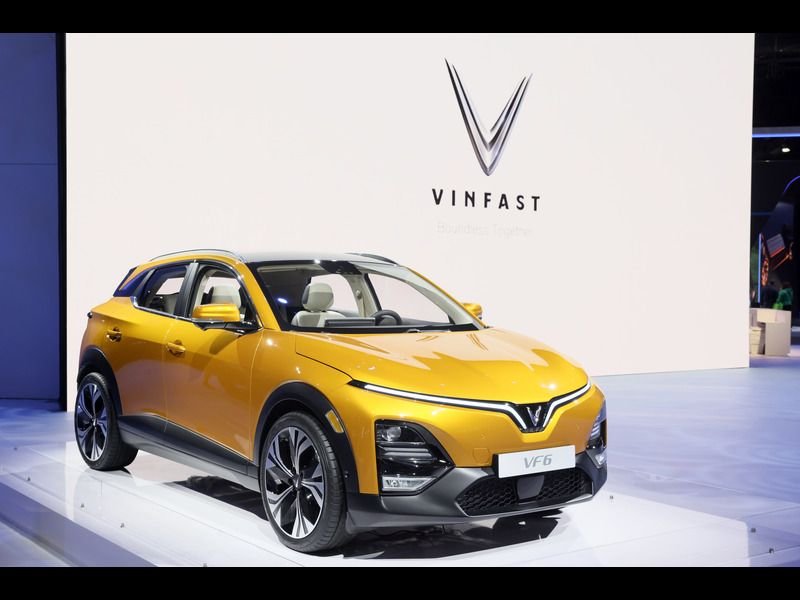VinFast, a leading electric vehicle (EV) manufacturer from Vietnam, has secured about 400 acres of land at an industrial estate owned by the State Industries Promotion Corporation of Tamil Nadu (SIPCOT) in Thoothukudi for its first India plant. The ground breaking ceremony for the integrated facility that will manufacture electric cars and batteries is scheduled on February 25, 2024 .
VinFast’s Expansion into India
The land allotment comes just a month after VinFast and the Tamil Nadu government signed a Memorandum of Understanding (MoU) for building the EV facility in Thoothukudi. The company has committed to invest $500 million (Rs 4,000 crores) for the first phase of the project over a period of five years and the amount could go up to $2 billion (Rs 16,000 crore) .
The plan to expand into India aims to seize growth opportunities in the world’s third-largest vehicle market and rapidly expanding EV market. This initiative forms a crucial part of VinFast’s strategy to establish a strong presence in key markets and strengthen its supply chain for global expansion .
The establishment of VinFast’s integrated electric vehicle facility in Tamil Nadu is anticipated to generate approximately 3,000 – 3,500 employment opportunities locally. In addition to creating jobs and improving the skills of the local workforce, VinFast remains dedicated to fostering gender equality and offering career advancement opportunities for the community .
VinFast’s EV Production Hub
Situated in Thoothukudi, the VinFast Tamil Nadu project aims to evolve into a first-class electric vehicle production hub in the region, with an annual capacity of up to 150,000 units. Construction of the plant is anticipated to begin in 2024 .
The plant will not only produce electric cars but also batteries, making VinFast one of the few EV makers that have their own battery production facilities. VinFast is looking to invest several hundred million on the 400-acre area project site in Thoothukudi. The location of the EV battery plant will have access to both air and sea routes .
The plant will also boost Tamil Nadu’s position as the EV hub of India, accounting for over 40 per cent of total planned investments in the EV sector, including two-wheelers. VinFast will be the first Original Equipment Manufacturer (OEM) in the automobile sector to enter Tamil Nadu in the last 15 years after Renault-Nissan in 2008 .
VinFast’s Green Vision
Besides the economic benefits, the project will also pave the way for green transportation development, targeting 30% of newly registered private cars to be electric. This aligns with the state government’s initiatives to minimize carbon emissions in the transportation sector .
VinFast has the third highest EV market capitalization after Tesla and Toyota despite its foray into the US not being as smooth as expected. The company, which is part of Vietnam’s biggest conglomerate Vingroup, competes with US’ Tesla and China’s BYD, which assembles vehicles at a facility in Kanchipuram near Chennai, among other EV makers .
The MoU demonstrates VinFast’s strong commitment to the sustainable development and vision of a zero-emission transportation future. Ms. Tran Mai Hoa, Deputy CEO of Sales and Marketing, VinFast Global shared: “We believe that investing in Tamil Nadu will not only bring considerable economic benefits to both parties, but will also help accelerate the green energy transition in India and the region.”
Recent Blog : India Ranks Second in MSCI Global Weightage, After China
